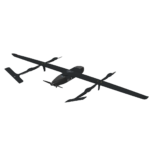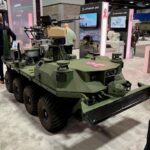
Bringing the digital technologies that the U.S. technology sector is adept at innovating and advancing to bear on the platforms and systems that the defense industry excels at requires the major defense prime contractors do business in new ways but also means that the government and industry have to partner unlike they do now, James Taiclet, chairman, president and CEO of Lockheed Martin [LMT], said on Wednesday. Taiclet, who took the helm of the nation’s largest defense contractor in June…

 By
By 











